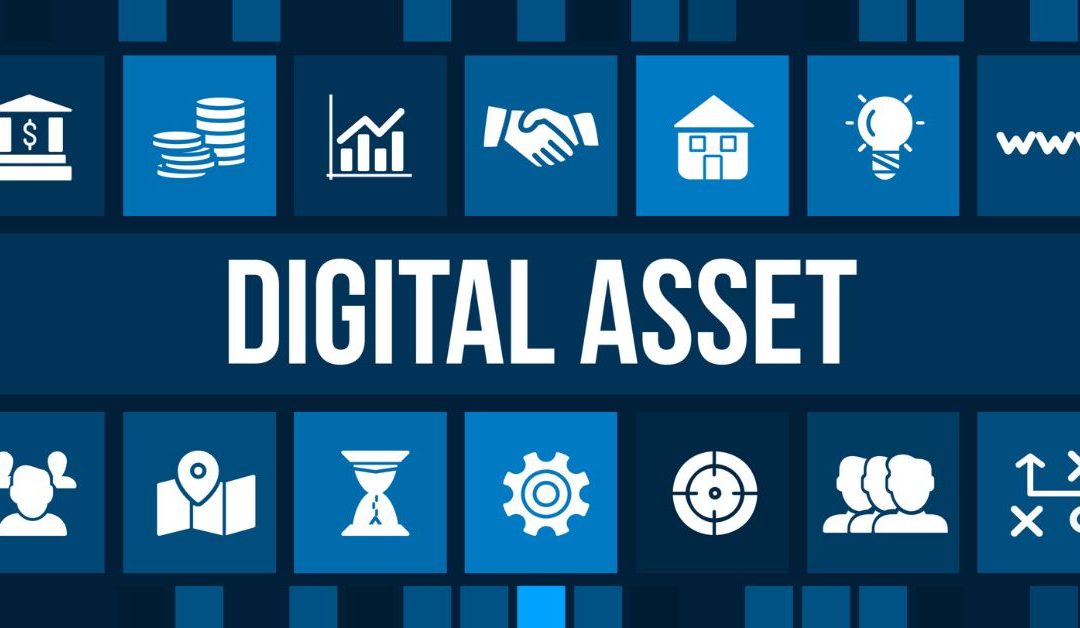Our digital presence has become integral to our daily lives – from emails to social media profiles, online banking to cryptocurrency investments. Incorporating that digital presence into your estate planning is essential for preserving your legacy, protecting your financial interests, and reducing potential burdens on your loved ones. By proactively addressing these assets in your estate plan, you can ensure a smoother transition of your digital life while maintaining control over what happens to your online presence and valuable digital resources after you’re gone.
Here’s a comprehensive guide on ensuring your digital legacy is included in your planning.
Step 1: Catalog Your Digital Assets
Begin by creating a detailed inventory of your digital accounts and assets,
including account names, usernames, and passwords. Keep this list updated periodically to ensure its accuracy.
Include the following:
- Email accounts, both personal and business
- Online banking accounts
- Social media accounts
- Digital files like photos, text documents, graphics, and audio stored on your devices or in the cloud
- Cell phone apps
- Utility accounts
- Loyalty program benefits such as credit card rewards
- Online store accounts
- Cryptocurrency keys
- E-commerce accounts
- Domain names, including any blogs you may own
Step 2: Understand Digital Policies
Different digital platforms and service providers have specific policies for accessing and handling the accounts of deceased members. Some may allow authorized access by a designated person, while others may prohibit the transfer of digital assets to another person or account. It’s crucial to familiarize yourself with the policies for each of your accounts to direct how you want them to be handled.
Step 3: Designate a Digital Executor
Selecting the right individual to oversee your digital assets is paramount. While your estate executor may seem like the most logical choice, consider whether someone else, like a family member or close friend, would be a better choice for handling your digital affairs. Make sure the person(s) you chose fully understands their responsibilities before accepting the designation. You can formally name your digital executor in your traditional will or a separate digital estate document.
Step 4: Safeguard Your Digital Estate Information
Store all information related to your digital estate in a secure location that your digital executor can easily access. Consider keeping all your estate documents with your legal advisor.
The management of digital assets is a critical aspect of our financial well-being and planning. At Boris Benic and Associates, we can assist in the valuation and inclusion of digital assets in estate planning, helping to secure a financially healthy future.

